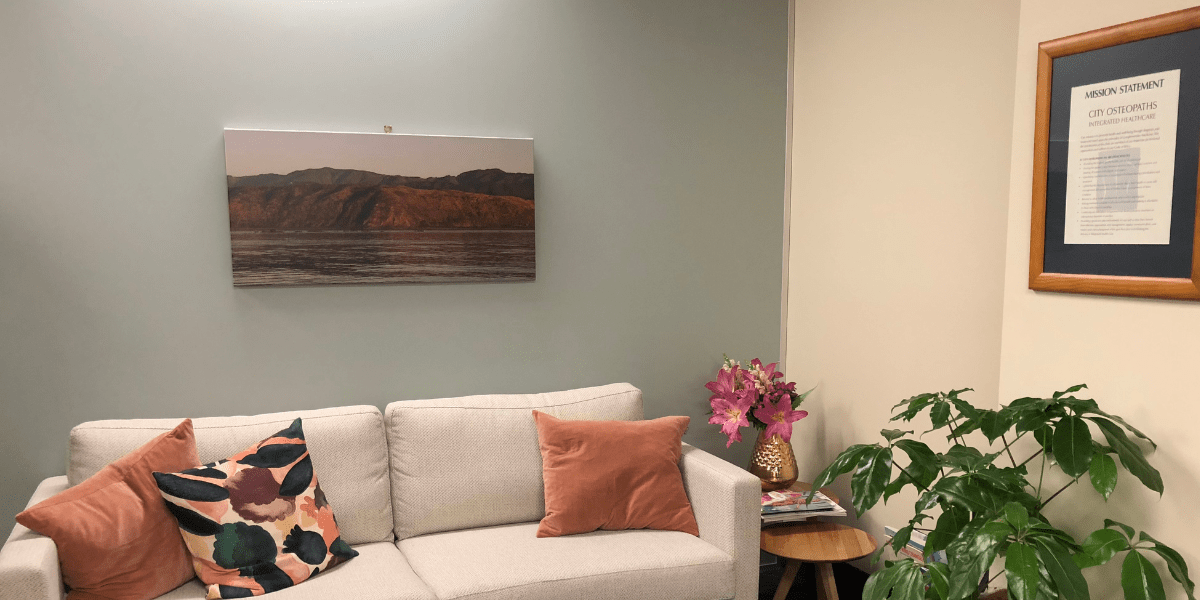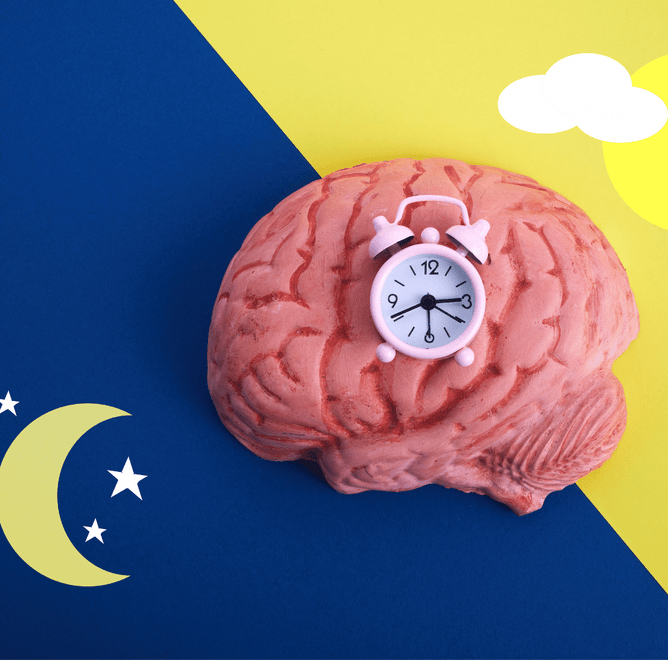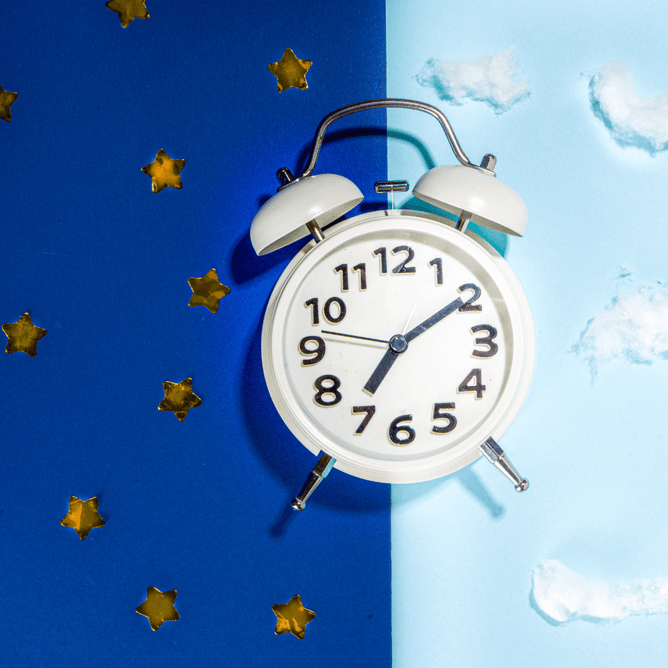The vast majority of what is happening in living cells and organisms is not random or haphazard but undergoes specific fluctuations throughout the day or 24 hours. Genes switching on and off, hormone secretion, metabolism, cell and DNA repair, blood clotting, immune function, digestion, physical performance, mood and mental acuity etc. – everything is governed by the circadian rhythm. It is aligned with the light and dark cycle that our planet experiences every 24 hours or so. Having a strong, healthy circadian rhythm is undoubtedly associated with health and longevity, as we are beginning to realise. Unfortunately, industrialisation has led to a profound disruption of the normal circadian rhythm which has been linked to many chronic diseases including obesity, diabetes, heart disease, dementia and certain cancers. In fact, shift work is now recognised by the WHO as a probable carcinogen. Quite possibly, all this has to do with the effects of a disrupted circadian rhythm on sleep, the fundamental pillar of health on which the other two pillars (nutrition and exercise) rest. Circadian biology is asking more and more questions and future research will even explore ways to “drug the clock” which will be helpful for the sizable proportion of shift workers in the society. However, if you are not a shift worker, you are likely to sabotage your circadian rhythm every day, often without realising it. Nevertheless, for most people restoring balance may be easier than we think.
But first it might help to understand how it all works. There are "clocks" in every cell and every organ. The master clock called the suprachiasmatic nucleus, or SCN, is located in the brain. This tiny structure sits in the hypothalamus which happens to be the link between the nervous and the endocrine system and oversees many physiological functions.
The clock is running all the time. Even in the absence of external cues from the environment every process in our body would continue to ebb and flow in a diurnal pattern with precision (and in fact, a 2017 Nobel prize in Physiology or Medicine was awarded to three scientists who figured out the molecular basis of that). But there are certain environmental signals that reset our circadian rhythm. The two main ones are light and food. Both used to be reliable indicators of whether it was day or night. Not anymore, which is probably why circadian rhythm disruption is so prevalent.
We will look at each of these signals in more detail, including how to use them to reset and sync up our clocks, focusing on light first. We will cover food in the next post. But before moving on, it is very important to realise that sticking to a routine, both daily and weekly, is key. Waking up and going to bed at the same time during the week and at the weekend, eating within a consistent time window are quite naturally fundamental to the success of addressing a circadian rhythm disruption. Sleeping in at the weekend can be tempting if you are chronically sleep-deprived but that just exacerbates instead of addressing the problem (which could be avoiding accumulating a sleep debt by getting enough sleep every day). It destabilises the circadian clock in the same way as jet lag and for every hour (or time zone) that our rhythm shifts we need a day to adjust. Now imagine doing it every week for months or years... Could it be that chronic disease and accelerated aging is just the accumulated damage of this constant tug of war?
Light and the master clock
The master clock receives information about light from a relatively small number of cells in our eyes and determines whether it's day or night. These cells are scattered among standard rods and cons in the retina, and what sets them apart is that they have a light-sensing protein, melanopsin, that is activated by blue light. Melanopsin was discovered about 20 years ago by a few labs around the same time, including the lab of Dr Satchin Panda, whose work on uncovering the significance of melanopsin in relation to our circadian clock has forever changed the way we look at how light (and lighting) affects us.
Melanopsin is quite peculiar in that it is not a very good light sensor - it takes a lot of bright light to activate it. But it can potentially integrate even dim light over time making it a bad idea to spend long periods of time after sunset even in a dimly lit environment or look at even dim light sources. It is also possible that light of other wavelengths can activate these melanopsin-containing cells normally tuned to blue light, as all retinal cells are interconnected. So while blue light is particularly detrimental to a healthy and timely melatonin release (and melatonin is necessary to make us sleepy), too much any light in the evening is going to suppress it, therefore prolonging wakefulness and depriving us of good quality sleep.
TIMING IS EVERYTHING.
Using light to restore a healthy circadian rhythm
Most of our day is usually spent indoors where it is not bright enough during the day. On the other hand, our evenings are brighter than they were even meant to be. This inversion of light exposure throughout the day is unnatural and is important to address to restore the normal circadian rhythm.
Bright natural light in the morning
Expose your eyes to bright daylight in the first half of the day, starting as early after waking as you can. This might be a short walk outside (with no sunglasses), sitting in the garden, on a porch or balcony or even just next to a large window with sunlight streaming in. Apparently even on a cloudy day there is enough blue light and brightness to stimulate our eyes and to reset our clock, although sunnier days do make it easier so it is a good idea to make the most of sunny mornings. If you are curious about actual brightness levels, you can turn your phone into a meter with a free app called MyLuxRecorder. The average person needs upwards of 1000 lux for at least 30 minutes a day to reduce sleepiness, increase alertness and boost mood (on a side note, to treat depression or seasonal affective disorder at least 10000 lux for 15-60 mins a day is necessary). But even a shorter exposure (10-15 mins) is still beneficial and doing it early in the morning is vital for a robust circadian rhythm. To be fully activated, melanopsin needs at least a few minutes of bright light. Dr Panda recommends having breakfast by a big window (although you have to be quite close to flood your eyes with enough light of sufficient brightness) and not wearing sunglasses on your morning commute, of course avoiding looking directly at the sun.
A note for older adults: our circadian rhythm changes throughout life and in our later years everything shifts to earlier in the day. So over time we tend to wake up earlier and feel sleepier earlier in the evening. To help mitigate this, Dr Matthew Walker, professor of neuroscience and a sleep researcher, suggests wearing sunglasses in the morning during any outdoor activity but then going back outside in the late afternoon, this time without sunglasses, and get plenty of sunlight exposure, thereby shifting the resetting of the clock to a later time. It may help counteract early evening sleepiness which often causes older people to nap in the evening and in turn makes it harder for them to fall asleep when they do eventually go to bed.
Less light in the evening
This applies to both digital screens and indoor lighting. Ideally you would want to avoid screens for 2-3 hours before bedtime. Most would agree that staring at a bright light source inches away from our eyes in the evening will never be natural. But it may be the hardest thing for a lot of people to give up initially, or some of us have to work late. The good news is that it may still be possible to make changes that will support rather than disrupt our circadian rhythm. However, it should be noted that all these workarounds should not be considered as full protection against harmful effects of evening light exposure on our circadian clock and sleep. In a study that looked at the effects of reading on an iPad during 4 hours before bedtime compared to reading a book, e-book readers were less sleepy at night and took longer to fall asleep but were sleepier in the morning and took longer to feel fully awake the next day. Their melatonin levels were found to be lower and peaked later. Their REM sleep amount was also significantly decreased. All this reinforces advice on reducing screen time in the evening as much as possible due to its devastating effects on sleep quality. Dr Walker recommends avoiding all screens at least in the last hour before bed.
So what can we do to mitigate some of the unhealthy aspects of light in the evening?
The night shift or mode on smartphones, tablets or computers is now a standard feature (in recognition of the importance of a normal circadian rhythm). You can take it a step further with software that desaturates the screen even more, such as f.lux or Iris.
Brightness is an important factor to consider. There is a way to reduce your screen brightness even below minimum, by either tweaking the Zoom feature in the Accessibility menu on iOS devices (YouTube has some good tutorials on that) or using third-party apps or software for Android or Windows.
A different way to approach the issue of digital screens we use in such proximity to our eyes (which is another cause for concern) is to use blue light blocking glasses. These have been shown to help avoid significant melatonin suppression by evening light exposure. There are models that block almost 100% blue light and would be ideal for any unavoidable screen time in the evening.
When it comes to ambient lighting in the evening, blue light blocking glasses can help too, but simply switching off half the lights and only using what is absolutely necessary to safely navigate around is a huge step towards reducing mistimed light exposure. Using dim orange lights as opposed to bright white LED lights is a lot more conducive to a timely release of enough melatonin to support sleep. Dim lights can also help you wind down before bed and feel sleepy. Smart lighting systems that are programmed to change throughout the day to mimic sunlight in both wavelength composition and brightness is one way to go about this. Alternatively, there are special light bulbs that emit no blue light and give off yellow/orange light that are perfect for evening lighting and those that are devoid of both blue and green light (these are essentially red lights) and are great to use as night lights if you have to get up in the night. Just like with digital screens, brightness matters: while most indoor lighting is not bright enough to keep us alert and happy over the long term (we need at least 1000 lux for a minimum of 30 mins during the day), it is way too bright for the evening and affects melatonin release and peak levels, keeping us awake. For the best chance of a healthy sleep it is recommended to keep the brightness level to less than 20 lux for 2-3 hours before bed, the lower the better. Using MyLuxRecorder to check the brightness levels where you spend the last few hours of your day can be quite revealing. Dr Panda also recommends using task lighting e.g. with a table lamp instead of overhead lights as another way to reduce your evening light exposure. However, it's worth noting that a mere 8-10 lux has been shown to significantly delay melatonin release. It's about time we reclaim our “right to darkness” in the evening (and to natural daylight during the day).
Restoring a healthy circadian rhythm might take time. Some of the ideas presented here might be more difficult to implement than others but the effort will be worth it. Dr Satchin Panda has put forth the circadian theory of health placing circadian rhythm disruption at the heart of the current wide spread of chronic disease. Everyday habits we don’t think much about do affect our health and longevity. I hope you will be inspired to find out for yourself how little tweaks in the right places can lead to great changes.
References:
Panda S. 2018 The Cricadian Code, Lose Weight, Supercharge Your Energy and Sleep Well Every Night, Ebury Publishing, London
Walker M. 2017 Why We Sleep: The New Science of Sleep and Dreams, Penguin Books, London
Kwoon Y. Wong, Michael P. Flannery, Andrew M. Lynch, Bright H. Kim; Prolonged Light Stimulation of Intrinsically Photosensitive Retinal Ganglion Cells (ipRGCs) Reveals Novel Properties of Melanopsin Phototransduction. Invest. Ophthalmol. Vis. Sci. 2011; 52(14): 5286.
https://iovs.arvojournals.org/article.aspx?articleid=2357898
Gooley JJ, Chamberlain K, Smith KA, Khalsa SB, Rajaratnam SM, Van Reen E, Zeitzer JM, Czeisler CA, Lockley SW. Exposure to room light before bedtime suppresses melatonin onset and shortens melatonin duration in humans. J Clin Endocrinol Metab. 2011; 96(3):E463–E472.
https://www.ncbi.nlm.nih.gov/pmc/articles/PMC3047226/
Chang AM, Aeschbach D, Duffy JF, Czeisler CA. Evening use of light-emitting eReaders negatively affects sleep, circadian timing, and next-morning alertness. Proc Natl Acad Sci U S A. 2015; 112(4):1232–1237.
https://www.ncbi.nlm.nih.gov/pmc/articles/PMC4313820/
van der Lely S, Frey S,Garbazza C, Wirz-Justice A, Jenni OG, Steiner R, Wolf S, Cajochen C, Bromundt V, Schmidt C. Blue blocker glasses as a countermeasure for alerting effects of evening light-emitting diode screen exposure in male teenagers. J Adolesc Health 2015 Jan;56(1):113-9.
https://www.ncbi.nlm.nih.gov/pubmed/25287985



